We need more than surveillance to prevent police violence

This post was originally published on October 13, 2020.
When you think about intrusive surveillance, you might conjure up an image of an all-seeing eye following you around as you go about your daily activities. And studies have shown that the presence of surveillance starts to dictate how you act and behave.
Much of this concept references the work of French philosopher Michel Foucault, whose 1975 book Discipline and Punish critically examined the evolution of the penal system in the modern age. This included 18th-century English philosopher Jeremy Bentham’s “panopticon,” a prison design consisting of a central observation tower with cells arranged around it in a circular format.
[Interested in more privacy hot takes? Sign up for the ExpressVPN newsletter.]
Due to the design of the panopticon, each prisoner is aware that they could be under observation at any time. The use of powerful illumination means guards stationed in the central tower are able to easily monitor any prisoner’s activity. Prisoners have no way of determining whether guards are observing them or not, so must always assume that they are. Hence, the constant possibility of surveillance forces them to self-monitor their behavior, which gives guards what Foucalt refers to as “disciplinary power.”
Foucault extended the concept of the panopticon away from physical incarceration to modern society. He argued that governments routinely use the threat of disciplinary power to keep citizens in check and force them to behave in what they deem is an acceptable manner. And we can see the evidence of his arguments everywhere around us: CCTV cameras monitor public spaces and beam back live footage to a central control room; schools and workplaces adopt surveillance tactics; the NSA tracks our movements online; and ISPs monitor our digital footprint.
It was the concept of this omnipresent power that first drove the idea of police body cameras. Legislators argued that if police officers knew everything they did or said was monitored, it might help to rein in excessive force and the use of violence among police.
Canadian technologist and inventor Steve Mann took the idea a step further when he coined the term “sousveillance” in 2002. Mann argued that checks and balances are necessary for a system to function, even thrive. He warned against one-sided surveillance, such as government surveillance against citizens. For him it was imperative that this was balanced by sousveillance (whereas “sur” means “above,” “sous” means “under” or at ground level) that targeted government officials and employees.
Police body cams: An example of sousveillance?
Over 1,000 people are killed by the police in the U.S. each year, placing it firmly at the top of countries for the number of civilian deaths by law enforcement agencies, both on an absolute and per-capita metric.
The perplexing fact is that police officers have been required to wear body cameras in several states in the U.S. since at least 2014. The District of Columbia’s police department initially started a trial project with 400 cameras, growing to 2,800 just two years later. Similar projects have run in Maine and New York. The U.S. Department of Justice budgeted 23 million USD to support police body-worn cameras in 2015, and 95% of large police departments in the country outlined plans of implementing such programs.
Police cameras aren’t meant to only regulate the behavior of law enforcement personnel. Since they’re visible on an officer’s body, they’re meant to inform civilians that they’re being watched too. This should result in friendlier interactions all around. What’s more, high-profile civil society organizations such as the American Civil Liberties Union overwhelmingly support having the cameras.
But studies (and recent events) point to the fact that the cameras aren’t having the desired effect. The authors of one such study suggest that this could be due to the gradual desensitization of officers to the presence of cameras. Another theory is that the heat of the moment supersedes all other thought, evoking a flight-or-fight response. In that situation, a camera isn’t going to do much to regulate anyone’s behavior.
Another study, by authors in Israel, the U.S., and the U.K., analyzed eight police forces in six jurisdictions around the world policing a total of two million individuals. They compared the behavior of an experimental group that wore cameras to a control group that didn’t wear cameras.
Results were similar: When compared for actions involving the use of force, such as handcuffing individuals or pinning them to the ground, there was “no overall discernible effect” with the use of body cameras. In fact, in some cases, the use of cameras exacerbated the use of violent force.
‘Objectively reasonable force’ is allowed
One of the reasons behind the extremely low rate of police convictions in the U.S. is the 1989 Supreme Court decision to allow the use of force by police officers as long as it is “objectively reasonable.”
Considerations of reasonableness include:
- Whether the suspect poses an immediate threat to the officer or others
- The severity of the crime
- Whether the suspect is actively resisting arrest
- Whether the suspect is a flight risk or attempting to escape custody
Critics have argued that this broad and vague definition has prevented necessary checks and balances for policing in the U.S. Studies such as the ones cited earlier confirm that the cameras aren’t working, and it’s possible that police officers are aware that the law is on their side.
Circling back to the panopticon, the core reason why it had an effect on prisoners was because they knew that a sword dangled over their head. If they stepped out of line, they would be punished by the prison guards. It’s a similar case for citizens; if we’re caught browsing illegal sites or reading content we’re not supposed to, Big Brother will step in.
What’s the threat for law enforcement? There’s very little appetite to hold them accountable for their actions, both from a federal and institutional perspective. Without the possibility of retribution, there’s no foundation for any sort of behavioral changes.
Much like many things tech, the use of body cameras for surveillance could turn out to be a false dawn. Big Tech isn’t the savior it always promises to be.
Take the first step to protect yourself online. Try ExpressVPN risk-free.
Get ExpressVPN
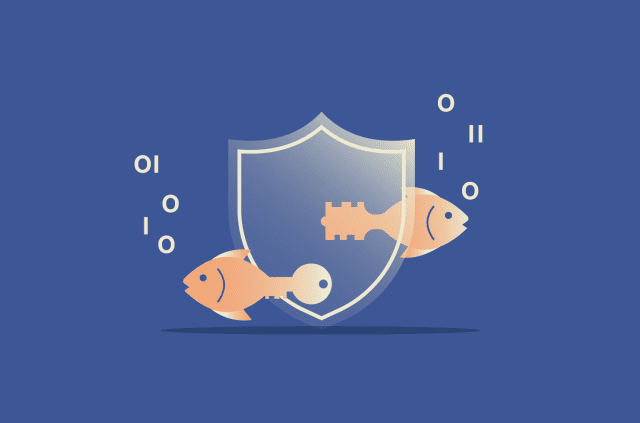



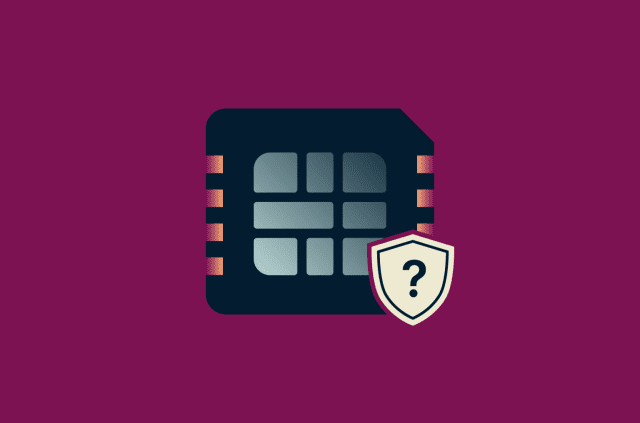

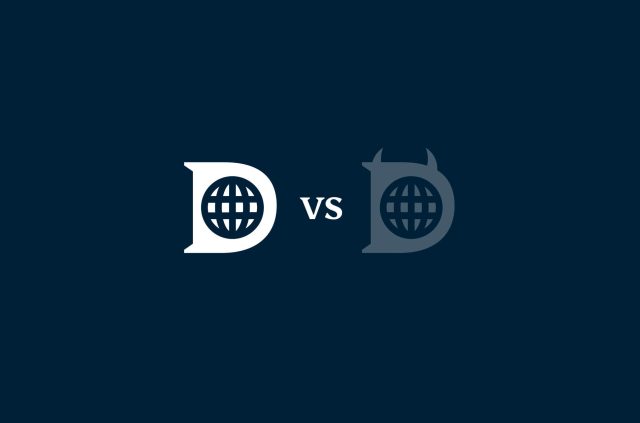

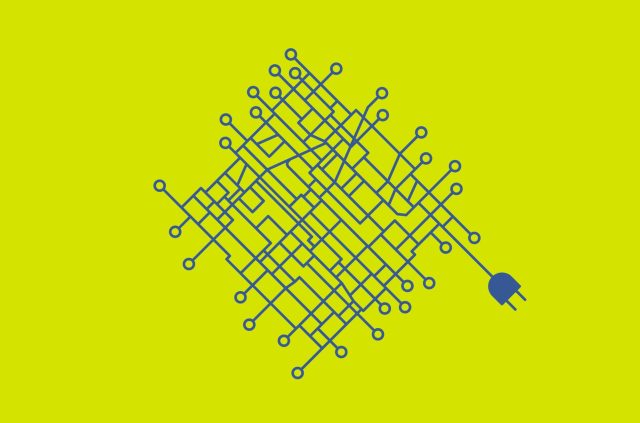

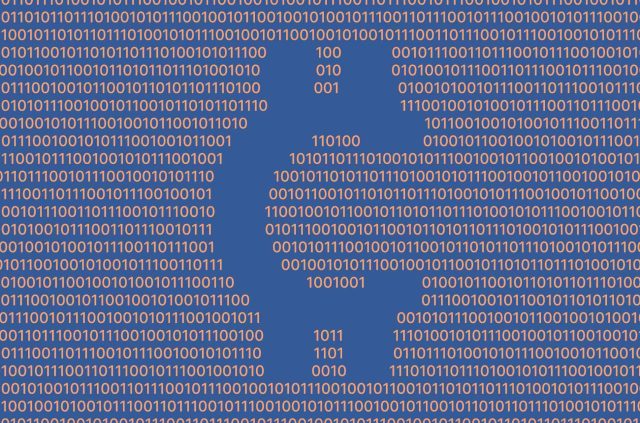
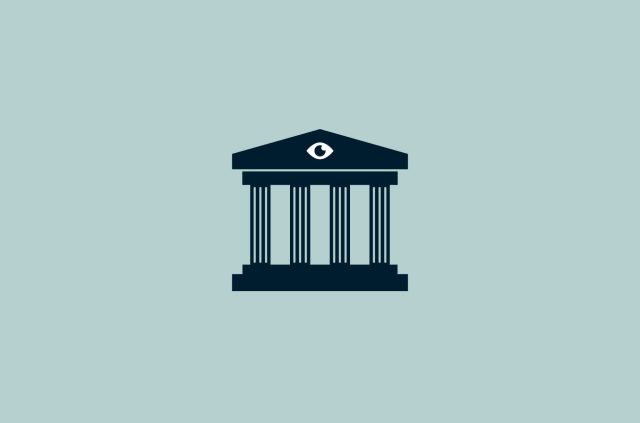
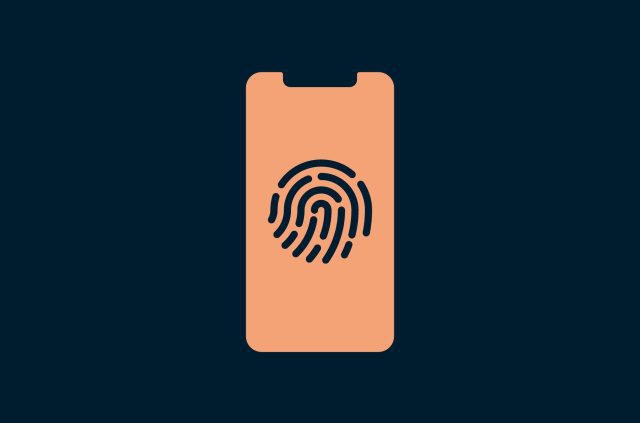
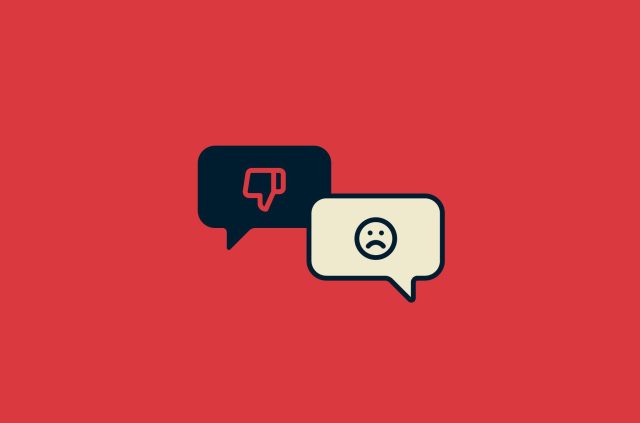





Comments
I think ExpressVPN should stay away from becoming SJW's (social justice warriors) and stick with tech related post. Yes, 1,000 people were killed by police in the U.S. but did you also research the reasons they were killed? There are a few examples of egregious killings at the hands of police but most were overwhelmingly justified! I don't know if you reside in America like I do but America is VERY violent!!! Without well trained police and restraint the number of killings by police would be 10x's higher. I love your VPN services but silly opinionated articles like this are a bad reflection on your company and make me and others consider your competition for our VPN needs.
not a fan of the cherry picked data to paint a tired narrative. police brutality or excessive force, or deadly force, according to fbi stats and etc is relatively low, and your 1000 people die from cops every year seems to lack something... oh justification. you don’t mention justification whatsoever. were these 1000 people carrying weapons and running toward cops? were they driving recklessly and their vehicle disabled? were they beating a cop? were they hanging out in the park having a picnic? This actually matters. Your presentation of those facts imply zero wrong doing by the citizen. That is an outright lie. Most of those cases are justified shootings(unless you listen to ambulance chasers and CNN). People need to know how to deal with cops, way more than cops needs to deal with people better, it will save a lot more lives. This isn’t to say more police training wouldn’t be good. But teaching little johnny to not yell, threaten and punch the police will go much further.. Ive seen way more unhinged dangerous drug addled psychos try to kill cops than cops actually kill... anyone. Watch the videos. Read the full reports The rest of the article is basically *really* good, I’m just quite disappointed in the lack of unspun reporting everywhere. Everyone pushes the same verifiably twisted “data”. At least it wasn’t too political. I just don’t do topical pandering corporate BS, especially in today’s climate. Everyone lies.
I fail to understand all the killing period. We can put a man on the moon but we cannot find a better way to police?
Osman... I am definitely a small and limited government advocate, as well as a digital security advocate; on these issues, I think we might be able to agree. However, we do not mesh nearly so well on the topic of police body cams, and certainly not on the innuendo of police brutality or excessive lethal force by US police personnel. Police body cams are used by local governments in the same way the NFL uses "instant replay": to assess and second-guess the judgment of those in authority at the scene of the action. The camera will never regulate the behavior police making $35,000 per year any more than "instant replay" regulates highly-paid NFL umpires and referees who use yellow flags. Both groups have, and will continue, to make mistakes, much like both you and I will continue to make mistakes in our chosen work. What will diminish police crime is much greater selectivity and rigor in hiring the appropriate police candidates, continuous training in the law, and continuous training in the proper exercise of field administration of the law on the civilian sector. French philosophers definitely have a valuable contribution to make, but in my experience, such writers advocate solutions usually devoid of significant "boots on the ground" personal experience. In addition, mistakes in writing about field administration of law has fewer penalties than mistakes when administering authority over those not willing to to accept such authority. Hope you agree. Doug Crate
great comments Doug and thanks for sharing!
It's obvious Osman has not read the actual studies on police body cams. All the EMPIRICAL studies (not theoretical what-if speculations) done on their usage showed a drop in uses of force by officers wearing them. The fact that there are still so many uses of force is a function of police still having to confront violent people. What is missed in all this is how FEW uses of force there are compared to the total number of police-citizen contacts. Osman has not done the homework on this one. This is a badly researched story.
Based on your writing, it is apparent you have never put on a badge and had to confront a violent criminal.
Your topic idea of the relationship of behavior to surveillance it's an interesting but moot point because cops have a tendency to shut off their cameras when taking a 'personal' break and conveniently forgetting to turn them back on before a potentially incriminating hot and heavy incident. And I agree with the above comments. Your facts are a bit off. Fundamentally, it's not the individual cops' fault for the general problem here. It's the system's fault. Which includes a plethora of factors from confrontational psychology to inferior training, to intentional subconscious covert police state indoctrination to desensitize them to the collective human emotional content. Oh, and sometimes the most important factor. We now have an element of 'professional' anti-police groups that make it even more complicated.